Category: Editorial
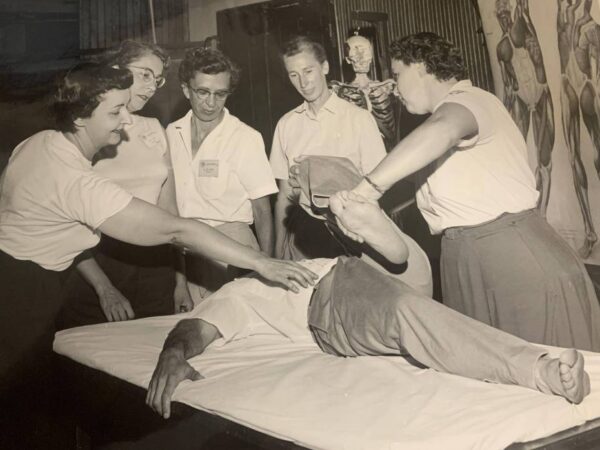
PNF in Short
Initially termed ‘proprioceptive facilitation’ by Dr Herman Kabat in the early 1940’s, physical therapist Dorothy Voss added the word ‘neuromuscular’ to give us the now familiar Proprioceptive Neuromuscular Facilitation (PNF). Kabat’s conceptual framework for PNF came from his experience as a neurophysiologist and physician, and the works of Sister Elizabeth …
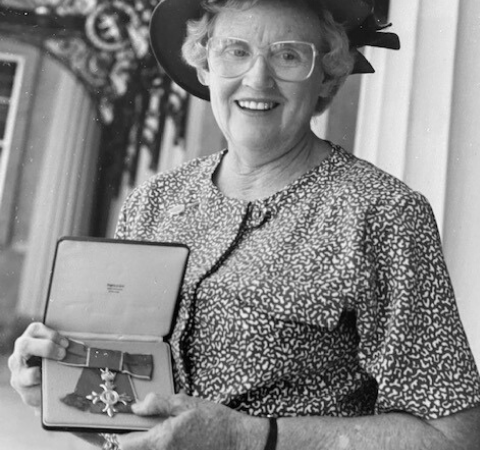
Time for Change
Fifty years ago the Australian Physiotherapy Association (APA) elected its first physiotherapist President. Previously the APA had always been presided over by a medical practitioner; which seemed perfectly natural when medical referrals were required for physiotherapy treatment. The 1970’s was a politically tumultuous period in Australia. After 23 years of …
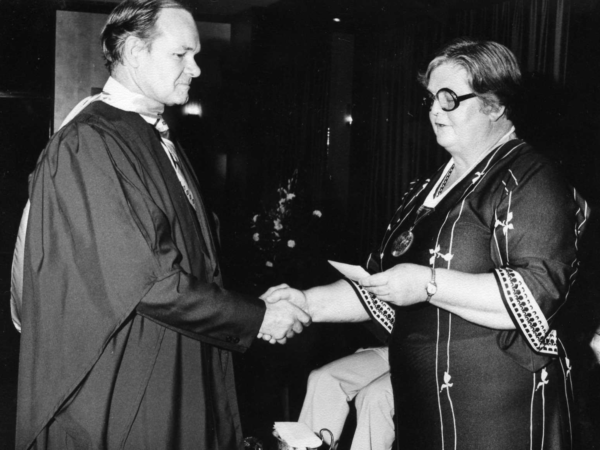
The First 50 Years of the Australian College of Physiotherapy
The Australian College of Physiotherapists was established in August 1971, although the idea of a College was first suggested in 1955. The original vision was to develop a means of encouraging and recognising scholarly and original work carried out by members of the profession as there were no formal higher …
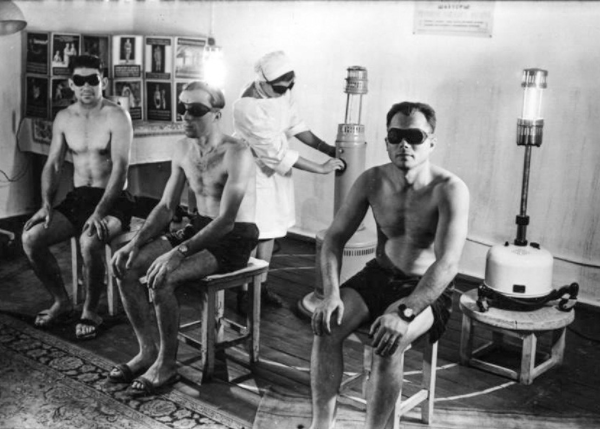
Soviet Electrotherapy
Perhaps no other country in the world has been engaged in the hardware of physiotherapy as massively as the Soviet Union. Since childhood, every Soviet citizen knew about devices for the prevention of all kinds of diseases: They were not only in hospitals and sanatoriums, but also in kindergartens, schools …
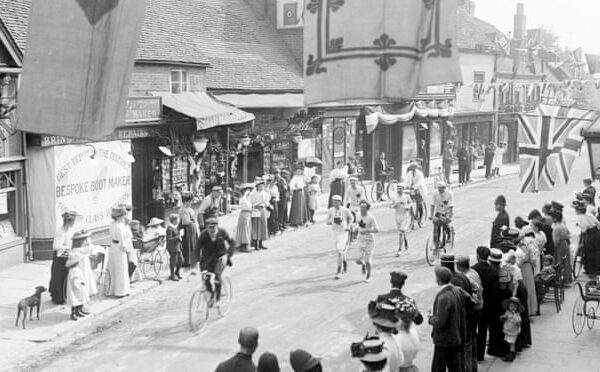
Pathway to the Modern Olympic Polyclinic
Doctors (and later nurses, physiotherapists, nutritionists, and other biomedical staff) have been present at the Olympic Games from the very beginning but the pathway to modern Olympic polyclinic can only be described as adventurous. In 1896 (Athens) the marathon and water sports got most of the medical attention because they …
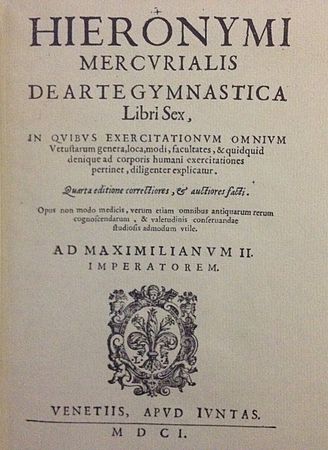
Were Ancient Spas Precursors for Today’s Massage and Exercise?
Balnea was the name of the ancient spas that would offer any bath and body services such as massage. This characterized both Greek and Roman spas for a long time. In the imperial times, the Roman balnea changed their name into thermae and there worked different figures such as – …
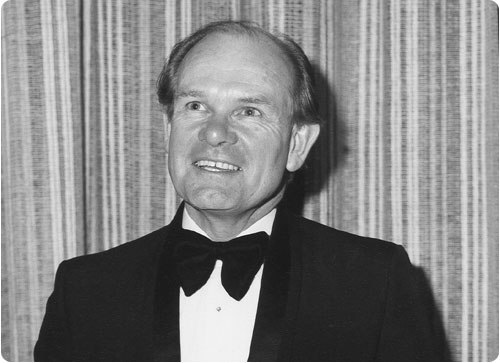
Mobilising a Profession: Geoffrey Maitland
…Maitland’s emphasis on very careful and comprehensive examination leading to the precise application of treatment by movement and followed in turn by the assessment of the effects of that movement on the patient, form the basis for the modern clinical approach. This is probably as close to the scientific method …
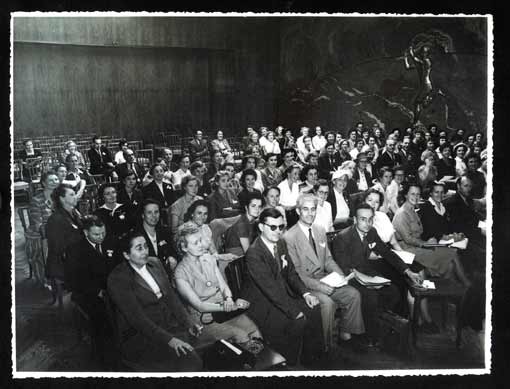
A New World of Physiotherapy
Nearly 70 years after its inauguration, the World Confederation for Physical Therapists (WCPT) transformed into World Physiotherapy on 30 June 2020 with the launch of their new website at www.world.physio. The idea of creating an international body began in 1948 when Physical Therapists from a number of countries met to discuss …
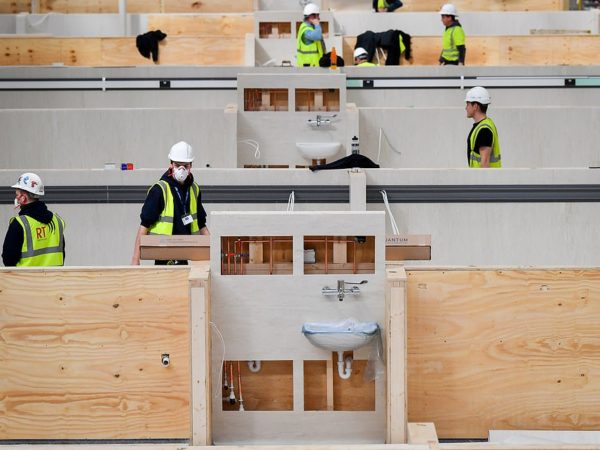
COVID 19 – Rehabilitation in the context of physio history
COVID 19 is here with us now, but today’s news will hopefully become a historical narrative as we move forward and look back on this unprecedented global health and economic crisis. The historical context is important as past events considered together, especially events of a particular period, country, or subject, …
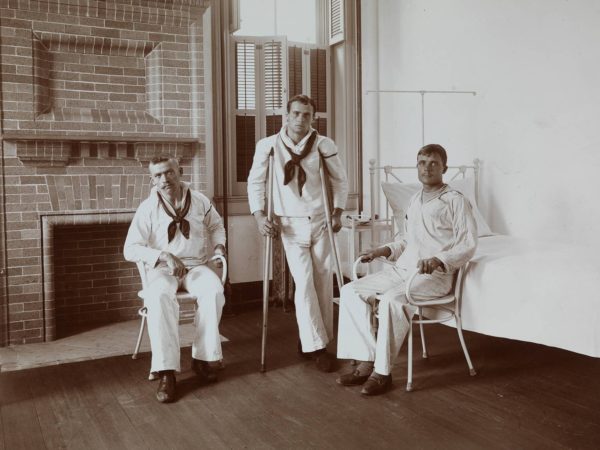
Hospital care 100 years ago
A recent piece of photojournalism by Gabriel H. Sanchez in Buzzfeed (link) shows what hospital care was like in New York 100 years ago. The images are timely because they remind us about the things that have changed (nurses in pillbox hats, horse-drawn carriages, tennis courts for the staff), and …
